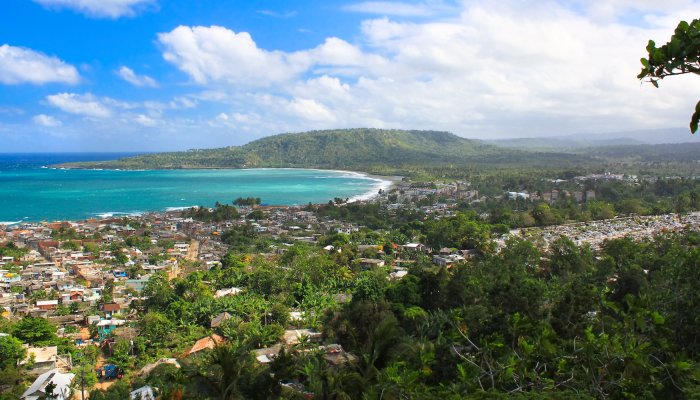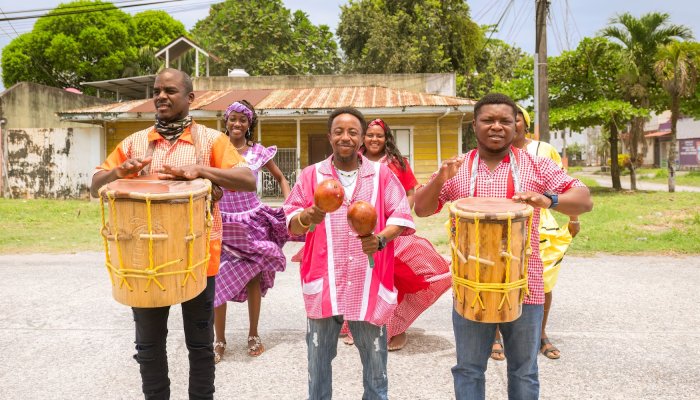Species: Crocodylus rhombifer
Trips: Cuban Kayaking West and Cuba National Parks Tour
Likelihood of sightings: High
Endemic to Cuba, the Cuban crocodile is the most terrestrial of all crocodile species, with long and strong legs that distinguish it from its relatives. They were once found across the Caribbean (with fossils discovered in the Cayman Islands and the Bahamas) but hunting by humans has decimated the population and they are now restricted to the Zapata Swamp and the Lanier Swamp on Isla de la Juventud in the south of Cuba.
Cuban crocodiles have rougher scales and brighter coloration than other crocodilians, but in comparison are relatively small. They will normally grow to around 7 or 7.5 feet and weigh anywhere from 150 to 175 pounds. However, large males can extend up to 11 feet in length and weigh in at more than 450 pounds, making them highly dangerous to humans.
They prefer to live in freshwater marshes and rivers where they feed on fish, small mammals and turtles. Unlike other crocodilians, they sometimes exhibit pack-hunting behavior and are considered the most aggressive of all the New World crocodile species, as well as being the most intelligent! Like the American alligator, they can thrust their powerful tails to help them jump from the water and snatch prey hanging from tree branches.
Cuban crocodiles mate between May and July, nesting in wet marshes at the start of the rainy season where they create burrows to cover their eggs. They will normally lay anywhere from 30 to 40 eggs, with an incubation period of around two months, with unhatched eggs highly susceptible to predators such as raccoons (as well as cannibalistic crocodiles). The newborns that do survive measure in at just 2 or 3 inches in length at birth. Like most other crocodilians, the sex of the newborns is determined by the temperature of their nest. A constant environment of 32 degrees Celsius will result in mostly males, while slightly lower temperatures will produce females.
In addition to illicit hunting for meat, Cuban crocodile numbers are also threatened by hybridization with native American Crocodiles. The species is now listed as Critically Endangered by the International Union for Conservation of Nature, with only around 4,000 individuals thought to remain, and captive breeding programs are currently being conducted at zoos across Europe and the United States. Two hatchlings were successfully born in 2012 at the National Zoo in Washington, D.C for the first time in 25 years!
Join us on either our Signature Kayaking Tour or National Parks Tour for an opportunity to see the Cuban Crocodile in its natural enviromnet. In addition, the itineraries on both of these tours include a stop at a crocodile breeding facility, Criadero de Cocodrillos, where you are guaranteed an up close look at these incredible creatures.




